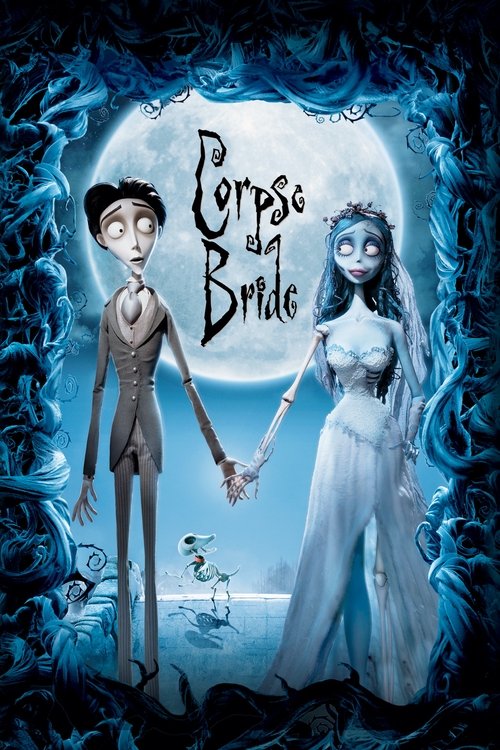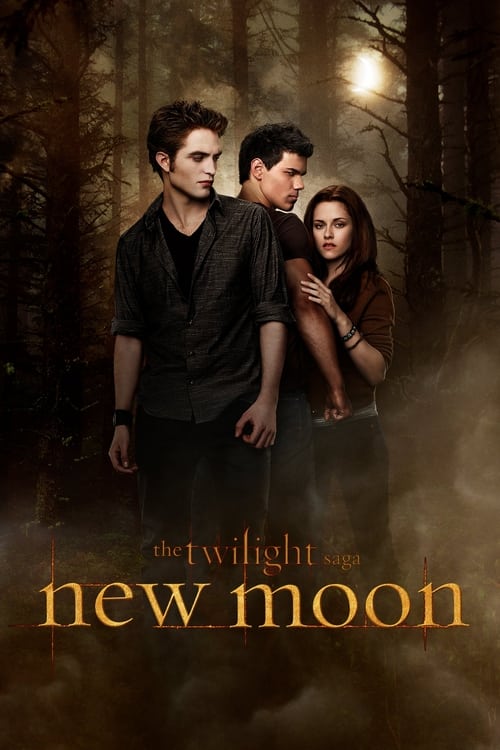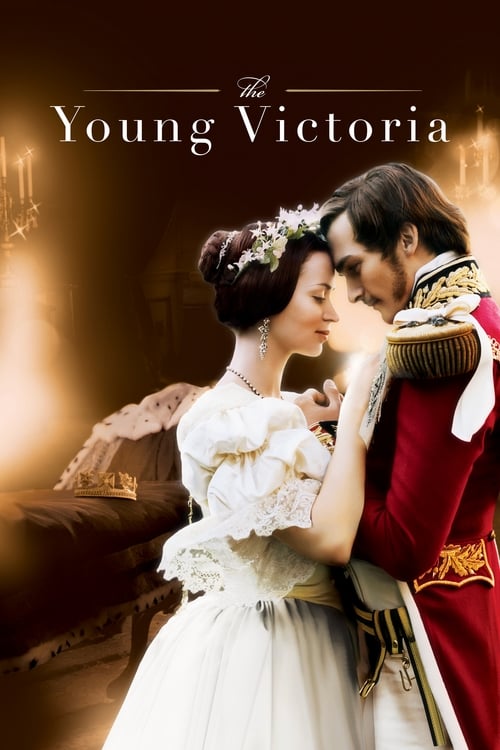
Ask Your Own Question
What is the plot?
In the grim year of 1348, Florence lies ravaged by the Black Death, its streets littered with the dead and the living alike gripped by despair. The air is thick with smoke from burning pyres, and plague doctors, their faces hidden behind eerie masks, move silently among the fearful citizens. Amidst this chaos, a young man named Lorenzo, a roguish Florentine played by Hayden Christensen, makes a daring escape from the city with a group of friends. His voice cuts through the gloom with a sardonic wit as he declares, "If I'm going to die, I'd rather die with a smile on my face." This sets the tone for a story steeped in both danger and irreverent humor.
Lorenzo's childhood friend Pampinea, portrayed by Mischa Barton, is introduced as a beautiful, intelligent young woman quietly harboring feelings for him. She helps her father, Bernardo, prepare for their flight from the plague-ridden city. Their escape is shadowed by the looming presence of Gerbino (Tim Roth), a wealthy and arrogant nobleman engaged to Pampinea by arrangement. Gerbino's first appearance is marked by his menacing insistence that Pampinea's father honor the marriage contract, threatening violence if he refuses. The tension between Gerbino's brutal entitlement and the young lovers' desperate hope becomes a driving force in the narrative.
The group of ten young Florentines--among them Elissa, Filomena, Ghino, Dioneo, and Tindaro--flee Florence for the countryside, seeking refuge in a remote convent in rural Tuscany. The convent, cloaked in pious austerity, hides a secret world of lust and intrigue. The Abbess (Anna Galiena) and her nuns, including Sister Lisabetta, Sister Caterina, Sister Maddalena, and Sister Gabriella, reveal themselves to be far from the chaste women they appear to be. Lorenzo quickly becomes the center of attention, his charm and audacity captivating the nuns, even the Abbess herself. Yet, one nun remains aloof and veiled--Pampinea, who conceals her identity and watches Lorenzo with a mixture of admiration and sorrow.
Lorenzo's exploits within the convent are wild and bawdy, a stark contrast to the grim reality outside. His encounters with the nuns brim with sexual tension and humor, but it is the mysterious veiled nun who captivates him most. One night, she visits him in his quarters, blindfolds him, and kisses him tenderly before slipping away. This moment is charged with emotion; Lorenzo is left breathless and haunted by the unknown woman's identity. The blindfold symbolizes the secrecy and longing that define their relationship. Pampinea, unable to bear watching Lorenzo's flirtations with others, finally reveals herself, leading to Lorenzo's expulsion from the convent.
Back in the village, Lorenzo and Pampinea share a quiet dinner in her father Bernardo's house. Lorenzo confesses, "I've fallen in love with the nun who kissed me, the one I never saw." Pampinea's heart swells with secret joy, knowing she is the woman he loves. Their fragile happiness is shattered when Gerbino arrives, imprisoning Lorenzo and forcing Pampinea into a cruel ultimatum: marry Gerbino to save Lorenzo's life. With heavy resolve, Pampinea agrees, sacrificing her freedom for Lorenzo's safety. Lorenzo is cast out into the woods, heartbroken but determined.
In the wilderness, Lorenzo encounters Count Dzerzhinsky (Matthew Rhys), a foreign nobleman who has arrived in Italy to marry Pampinea. However, the Count is deceived into believing that Elissa, Pampinea's best friend, is his intended bride. Their meeting is marked by a chance encounter where the Count finds Elissa skinny dipping, sparking an unexpected romance. The Count's arrival, however, is fraught with danger; his ship is ambushed by Saracen pirates, resulting in the death of all his companions except himself. This violent attack adds a layer of peril and urgency to the unfolding drama.
The story's climax converges at Gerbino's fortified estate, where Lorenzo and Count Dzerzhinsky join forces to rescue Pampinea and confront Gerbino. The estate is a labyrinth of opulence and menace, guarded by Gerbino's loyal men. The final confrontation erupts into a swashbuckling sword fight filled with tension and bravado. Gerbino fights fiercely, embodying the ruthless villainy that has haunted the young lovers throughout. In a dramatic moment, Gerbino falls into a deep well on his own estate, a symbolic and literal downfall that ends his threat once and for all.
With Gerbino defeated but alive, Pampinea refuses to marry Count Dzerzhinsky, revealing her love for Lorenzo. The Count, in turn, confesses his love for Elissa, who had been masquerading as Pampinea to protect her friend. This revelation untangles the web of deception and allows the true couples to unite. Pampinea runs to Lorenzo and kisses him passionately, the veil of secrecy finally lifted. Lorenzo recognizes her as the nun he has loved all along, and their joy is palpable.
The film closes with a joyous wedding attended by all their friends, a celebration of love and survival in the shadow of the plague. Lorenzo's final words echo the opening sentiment but with newfound hope: "If I'm going to live, I'd rather live with a smile on my face." Pampinea replies softly, "And I'd rather live with you." They ride off together into a future reclaimed from death and despair, their love a beacon amid the darkness.
Throughout the film, no main characters perish; the deaths are confined to background figures such as plague victims and the pirates who attack the Count's ship. The narrative weaves through moments of humor, lust, danger, and tenderness, painting a vivid portrait of youth and love against the backdrop of one of history's darkest times. The story's twists--Pampinea's secret identity, the Count's mistaken bride, Gerbino's downfall--build steadily toward a satisfying resolution where love triumphs over tyranny and death. The visual tapestry of plague-ridden Florence, the secluded convent's hidden passions, and the rustic countryside enriches the tale, making Virgin Territory a vivid, if irreverent, journey through medieval Italy's turbulent heart.
What is the ending?
In the ending of "Virgin Territory," the characters find themselves at a crossroads of love and loyalty amidst the backdrop of the plague. The film concludes with a sense of resolution for some, while others face uncertain futures.
As the story unfolds towards its conclusion, we see the characters grappling with their desires and the consequences of their actions. The central character, Lorenzo, has been torn between his feelings for the beautiful and spirited Francesca and the societal expectations placed upon him. In the final scenes, Lorenzo and Francesca confront their feelings for one another, leading to a passionate reunion. However, the looming threat of the plague and the chaos surrounding them complicate their relationship.
Meanwhile, the character of the Duke, who has been a source of conflict throughout the film, faces his own downfall. His obsession with Francesca and his attempts to control her lead to his ultimate isolation. As the plague ravages the land, the Duke's power wanes, and he is left to confront the emptiness of his pursuits.
The film closes with a poignant moment as Lorenzo and Francesca, having navigated the trials of love and loss, find solace in each other. They embrace the uncertainty of their future together, symbolizing hope amidst despair. The final scenes emphasize the themes of love, freedom, and the human spirit's resilience in the face of adversity.
In a more detailed narrative of the ending:
As the sun sets over the ravaged landscape, the air is thick with tension and uncertainty. Lorenzo, having witnessed the devastation caused by the plague, stands at a crossroads. He is torn between his duty to his family and his deep-seated love for Francesca. The weight of his decision hangs heavily on him, and he feels the pull of his heart against the expectations of society.
In a secluded glade, Francesca waits, her heart racing with anticipation. She has been through her own trials, having faced the Duke's relentless pursuit and the societal constraints that bind her. As Lorenzo approaches, their eyes lock, and the world around them fades away. The chemistry between them is palpable, a mix of longing and desperation. They share a passionate kiss, a culmination of their struggles and desires.
However, the moment is fleeting as the reality of their situation crashes back in. The Duke, having learned of their rendezvous, storms into the glade, his face twisted with rage and jealousy. He confronts Lorenzo, and a tense standoff ensues. The Duke's obsession with Francesca has blinded him to the truth of his own loneliness and the futility of his desires. In a fit of anger, he attempts to assert his dominance, but Lorenzo stands firm, fueled by love and determination.
As the confrontation escalates, the sounds of chaos from the outside world--screams, the clanging of swords, and the cries of the afflicted--serve as a backdrop to their struggle. The Duke's power is crumbling, and he realizes that his attempts to control Francesca have only led to his isolation. In a moment of clarity, he steps back, acknowledging that he has lost not only Francesca but also his own humanity in the process.
With the Duke's retreat, Lorenzo and Francesca seize the moment. They embrace, their hearts beating in unison, and they vow to face whatever comes next together. The weight of the world seems to lift as they step into the unknown, hand in hand. The final shot captures them walking away from the chaos, a symbol of hope and resilience in a world that has been turned upside down.
As the screen fades to black, the fates of the main characters are laid bare. Lorenzo and Francesca, having chosen love over societal expectations, embark on a new journey together, while the Duke is left to confront the emptiness of his pursuits, a man defeated by his own desires. The film closes with a lingering sense of hope, underscoring the enduring power of love amidst the trials of life.
Is there a post-credit scene?
The movie "Virgin Territory," produced in 2007, does not have a post-credit scene. The film concludes without any additional scenes or content after the credits roll. The story wraps up with the resolution of the main characters' arcs, leaving no further narrative developments or surprises for the audience to discover in a post-credit sequence.
What role does the setting play in the development of the plot?
Set in the backdrop of the Italian countryside during the 14th century, the lush landscapes and vibrant towns serve as a character in their own right. The setting enhances the romantic and adventurous elements of the story, providing a stark contrast to the societal constraints faced by the characters. The beauty of the environment amplifies the emotional stakes of Giovanni and Clara's relationship.
What motivates the character of Giovanni throughout the film?
Giovanni, played by Hayden Christensen, is driven by a desire for adventure and love. He is a young man caught between the expectations of society and his own romantic aspirations. His pursuit of the beautiful and elusive Clara, portrayed by Mischa Barton, fuels his actions and decisions, leading him to defy societal norms.
How does Clara's character evolve during the story?
Clara begins as a sheltered and naive young woman, but as the story progresses, she becomes more aware of her desires and the complexities of love. Her interactions with Giovanni challenge her perceptions, and she gradually transforms into a more independent and assertive individual, ultimately seeking to define her own path.
How do the supporting characters influence Giovanni's journey?
Supporting characters like the scheming Count and the loyal friend, played by actors such as Tim Roth and others, serve as catalysts for Giovanni's growth. The Count represents the societal pressures and expectations that Giovanni must navigate, while his friend provides comic relief and a contrasting perspective on love and adventure, ultimately pushing Giovanni to confront his own desires.
What challenges do Giovanni and Clara face in their relationship?
Giovanni and Clara encounter numerous obstacles, including societal expectations, familial pressures, and the threat of rival suitors. Their love is tested by misunderstandings and external conflicts, particularly from the Count, who seeks to control Clara's fate. These challenges force both characters to confront their feelings and the sacrifices they must make for love.
Is this family friendly?
"Virgin Territory," produced in 2007, is a romantic comedy set in the 14th century, and it contains several elements that may not be suitable for children or sensitive viewers. Here are some potentially objectionable aspects:
-
Sexual Content: The film features numerous scenes that involve sexual innuendos, suggestive situations, and discussions about virginity and sexual relationships, which may be inappropriate for younger audiences.
-
Nudity: There are instances of nudity and partial nudity, particularly in comedic contexts, which could be considered unsuitable for family viewing.
-
Violence: While the film is primarily a comedy, there are moments of physical altercations and mild violence that may be unsettling for some viewers.
-
Mature Themes: The storyline revolves around themes of love, betrayal, and the pursuit of pleasure, which may include complex adult relationships that could be confusing or uncomfortable for children.
-
Language: There are instances of coarse language and adult humor that may not be appropriate for younger audiences.
Overall, while "Virgin Territory" has comedic elements, its content may not be considered family-friendly due to the presence of sexual themes, nudity, and mature language.






































